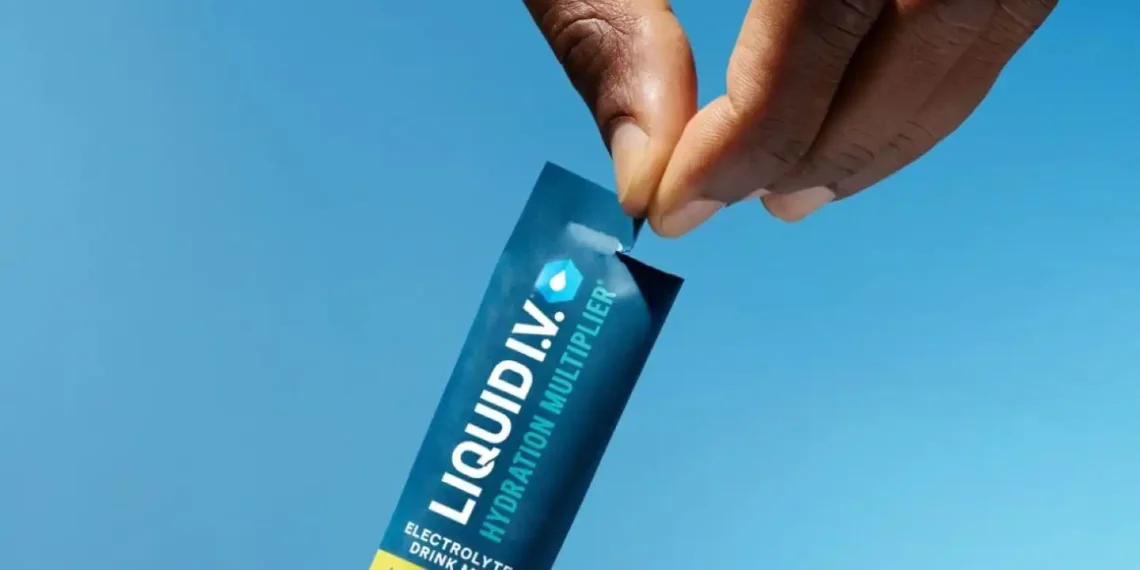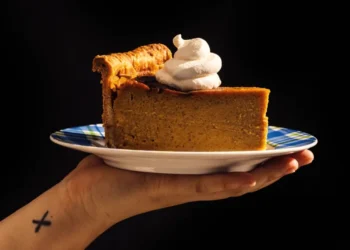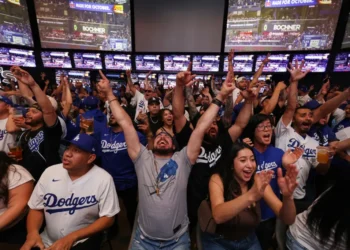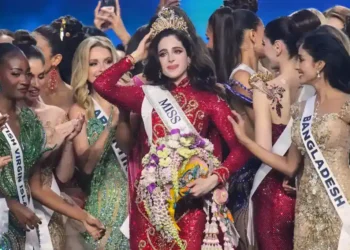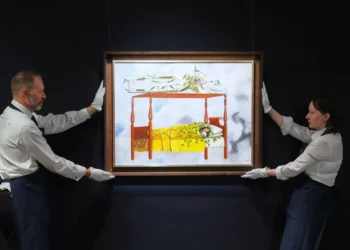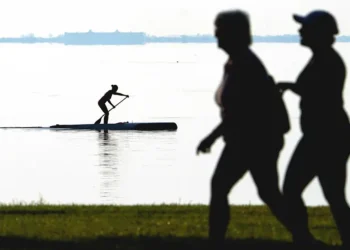How America’s Hydration Obsession Turned Into a $1.5 Billion Business
If you think you’re drinking enough water, think again. Mike Keech, CEO of Liquid I.V., warns that most people—Americans and others worldwide—are actually chronically dehydrated, even if they don’t realize it.
Yet despite this hidden problem, consumers are snapping up hydration products like never before. Liquid I.V. is at the forefront of this booming market, riding a wave of wellness trends that have made hydration more than just a sports recovery fix—it’s now a daily health ritual.
From Athlete Recovery to Everyday Wellness
Liquid I.V. launched in 2012, targeting athletes who needed rapid rehydration after intense workouts. Its flavored powder mix, packed with electrolytes, salt, and vitamins, offered a healthier alternative to sugar-laden sports drinks.
But according to Keech, the hydration category was once “tired and dusty,” mostly confined to endorsements by athletes. That changed after Unilever acquired Liquid I.V. in 2020 and Keech took the helm as CEO. The brand broadened its appeal from athletes to everyday people: busy professionals, parents, gym enthusiasts—essentially anyone looking for an easy way to stay hydrated.
This shift sparked explosive growth. Liquid I.V. doubled its distribution, expanded flavors (including a viral firecracker blend), and launched sugar-free options. Now, it’s on track to become a $1 billion brand, helping Unilever’s wellness segment score double-digit growth.
“We realized hydration isn’t just for athletes,” Keech said. “That’s when everything took off.”
Why Powders Are Taking Over Hydration
For years, hydration was dominated by ready-to-drink liquids like Pedialyte—originally designed to treat dehydration in kids—and Gatorade, the king of sports drinks. But recently, powdered mixes have surged in popularity.
Howard Telford from Euromonitor points to convenience as the key. “Powders fit anywhere—a kitchen counter, a desk drawer, a gym bag. No fridge space needed.” And they taste good, too, especially Liquid I.V.’s blends.
Keech highlights the advantage at festivals like Coachella, where bulky water bottles aren’t practical. Powdered hydration lets people keep going without missing a beat.
The market reflects this shift: powdered hydration products grew 20% in 2024 alone, ballooning into a $1.5 billion category, according to research firm Circana.
A Growing Market, More Players
Liquid I.V.’s success has inspired a flood of competitors—from Gatorade enhancers with 200% sales growth in four years, to Coca-Cola’s BodyArmor hydration line, and startups like diet-friendly LMNT and Novak Djokovic-backed Waterdrop.
“Once a brand hits big, many others jump in,” says consumer expert Nate Rosen. “Especially since electrolyte powders aren’t proprietary—anyone can make them.”
BodyArmor’s revamped hydration powders, Flash I.V., pulled in $120 million their first year. CEO Federico Muyshondt says the pandemic boosted awareness: “During COVID, people realized hydration was vital—not just for feeling good, but for longevity, immunity, and vitamin intake.”
But Does It Really Work?
Liquid I.V. invests heavily in clinical studies to back its claims of “superior hydration” compared to plain water. Their website warns: “If you’re thirsty, you may already be dehydrated.”
However, some experts urge caution. Heidi Skolnik, a senior sports nutritionist, doubts most people with easy water access are truly chronically dehydrated.
“Athletes and very active people can benefit from electrolyte drinks,” she says. “But most people probably don’t need them.”
Still, she agrees flavoring water helps many drink more—making hydration easier and raising awareness of fluid intake, which is a win in itself.
In a nutshell: America’s thirst for better hydration has created a massive business, fueled by convenience, flavor, and wellness trends. Whether you’re a hardcore athlete, a busy parent, or just someone who dislikes plain water, hydration products like Liquid I.V. offer an accessible way to stay refreshed. But remember, sometimes good old water still does the trick.
This article was rewritten by JournosNews.com based on verified reporting from trusted sources. The content has been independently reviewed, fact-checked, and edited for accuracy, neutrality, tone, and global readability in accordance with Google News and AdSense standards.
All opinions, quotes, or statements from contributors, experts, or sourced organizations do not necessarily reflect the views of JournosNews.com. JournosNews.com maintains full editorial independence from any external funders, sponsors, or organizations.
Stay informed with JournosNews.com — your trusted source for verified global reporting and in-depth analysis. Follow us on Google News, BlueSky, and X for real-time updates.
